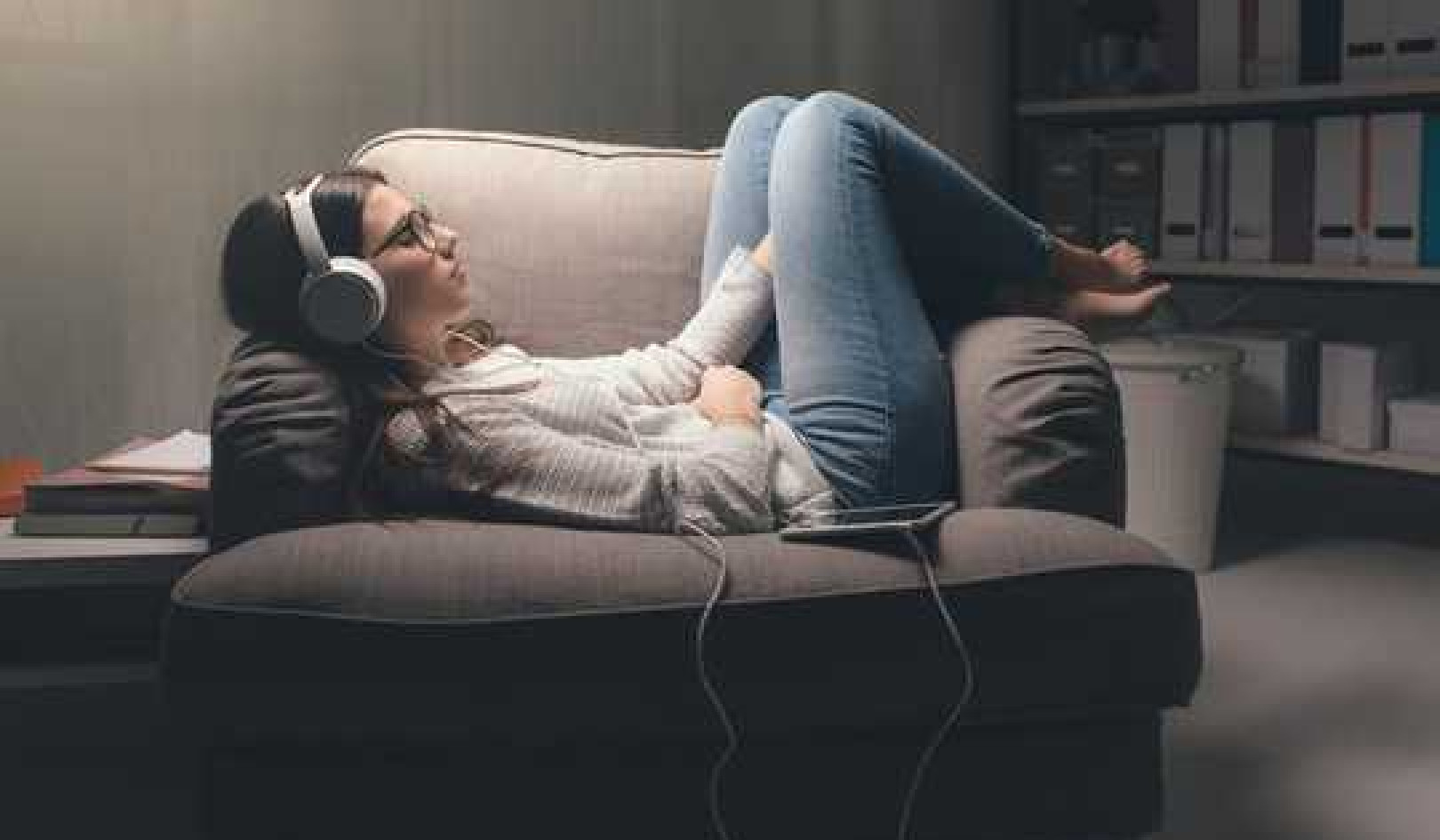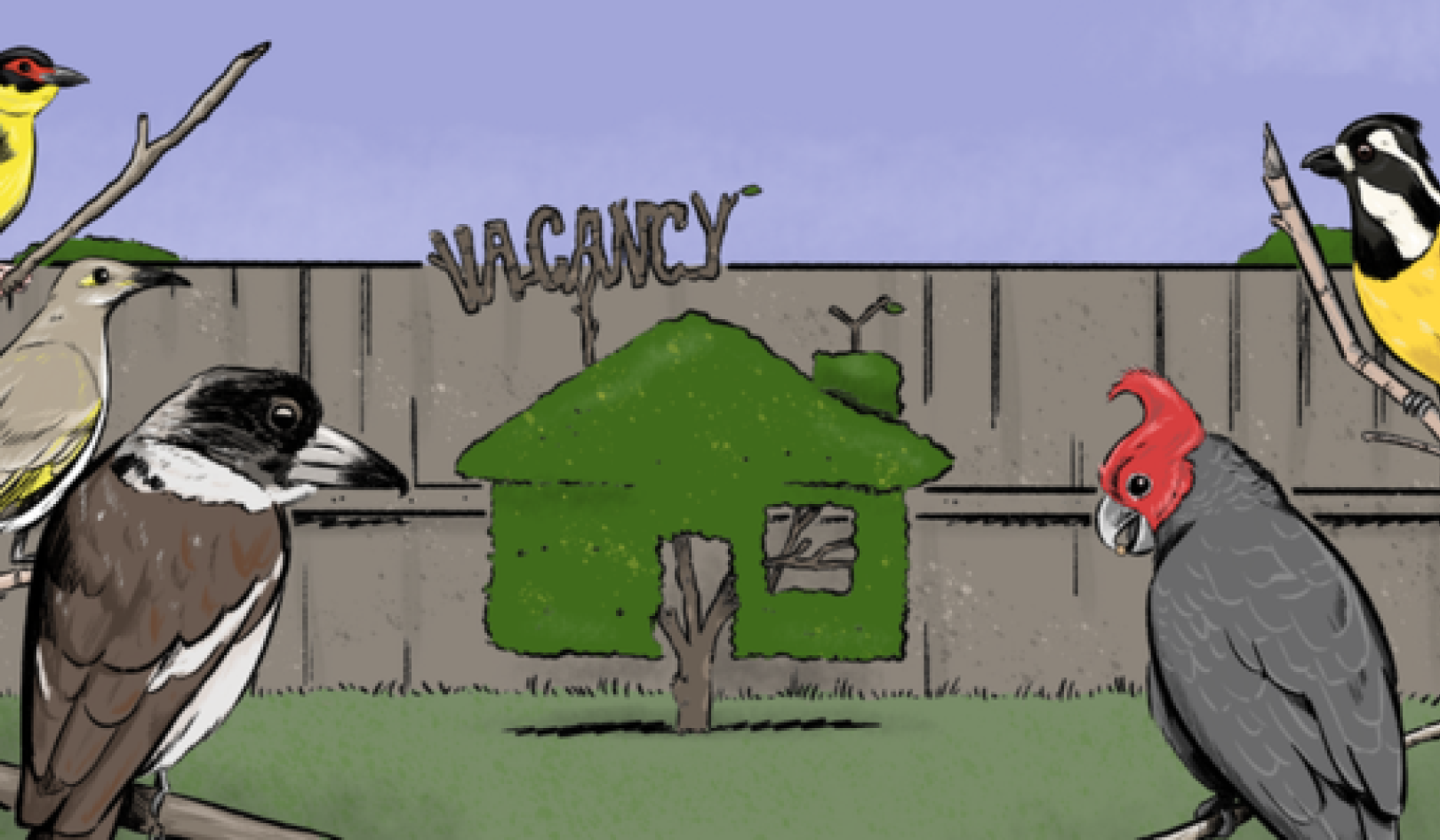
Anxiety mastery requires that you actually do the work of managing and reducing your anxiety. Most people who know they are anxious do not make enough effort to change their situation, opting instead to “white-knuckle” life, medicate themselves with anti-anxiety medication (which can be useful in some circumstances), or make do with alternative medicine approaches (likes teas or homeopathic remedies).
Core work requires more than this: it requires a diligent, systematic effort to find techniques that work for you, especially cognitive ones that retrain your neurons to fire differently, and to then actually employ those techniques.
Experiment with the following anxiety-reduction strategies, learn which ones work for you, and begin to use those that work best. Knowing about them is not enough — you must practice them and use them.
Your Anxiety Mastery Menu
1. Anxiety analysis. Most people become anxious when they think about anxiety! This dynamic prevents them from analyzing their situations and understanding what triggers their anxiety and what anxiety-management tools to employ. Once you begin to think calmly about the role anxiety plays in your life, you can arrive at real solutions. You engage in this analysis by identifying how your thoughts and behaviors increase your anxiety, and by deciding which anxiety-management tools you are going to commit to practicing and learning.
2. Lifestyle support. Your lifestyle either supports calmness, or it doesn’t. If your style is to always arrive late, to wait until the last minute to meet deadlines, and to be disorganized, you are manufacturing anxiety. How much harder will it be to deal with the creative anxiety in your life if your very lifestyle is producing its own magnum of anxiety?
3. Behavioral changes. What you actually do when you feel anxious makes a big difference. If a ten-minute shower or a twenty-minute walk will do just as good a job of reducing your anxiety as watching another hour of golf or smoking another several cigarettes, isn’t it the behavior to choose? The specific tactics you use to manage anxiety matter, since some support your life purposes and others undermine them.
4.?Deep?breathing.?The?simplest?—?and?a?very?powerful?— anxiety-management technique is deep breathing. By breathing deeply (five seconds on the inhale, five seconds on the exhale), you stop your racing mind and alert your body to the fact that you wish to be calmer. Begin to incorporate deep breaths into your daily routine.
5. Cognitive work. Changing the way you think is probably the most useful and most powerful anti-anxiety strategy. Do this by 1) noticing what you are saying to yourself; 2) disputing the self-talk that makes you anxious or does not serve you; and 3) substituting more affirmative, positive, or useful self-talk. This three-step process really works if you commit to it.
 6. Physical relaxation techniques. Physical relaxation techniques include such simple procedures as rubbing your shoulders and such elaborate ones as slowly relaxing each part of your body in turn. Doing something physically soothing can prove really useful in the moment and when used in combination with your cognitive practice.
6. Physical relaxation techniques. Physical relaxation techniques include such simple procedures as rubbing your shoulders and such elaborate ones as slowly relaxing each part of your body in turn. Doing something physically soothing can prove really useful in the moment and when used in combination with your cognitive practice.
7. Mindfulness techniques. Meditation and other mindfulness practices can prove a very useful part of your anxiety-management program. It is not as important to spend long periods of time meditating as it is to truly grasp the idea that the contents of your mind create suffering and anxiety and that the more you release those thoughts and replace them with more affirmative ones, the less you will experience anxiety.
8.?Disidentification techniques and detachment training. Rather than attaching too much significance to a passing thought, feeling, worry, or doubt, remind yourself that you are larger than and different from all the stray, temporal events that seem so important in the moment. You stop saying, “I’m anxious” (or worse, “I’m an anxious person”) and begin to say, “I’m having a passing feeling of anxiety.” By making these linguistic changes you fundamentally reduce your experience of anxiety.
One of the best ways to reduce your anxiety is to learn to bring a calm, detached perspective to life and to turn yourself into someone whose default approach to life is to create calmness rather than drama and stress. By taking a more philosophical and detached approach to life (without giving up your desires, dreams, or goals) you meet life more calmly.
9.?Ceremonies and rituals. Creating and using a ceremony or ritual is a simple but powerful way to reduce anxiety. For many people lowering the lights, lighting candles, putting on soothing music, and in other ways ceremonially creating a calming environment helps significantly.
10.?Discharge techniques. Anxiety and stress build up in the body, so techniques that vent that stress can prove very useful. One discharge technique that actors sometimes use to reduce their anxiety before a performance is to silently scream — to make the facial gestures and whole-body intentions that go with uttering a good cleansing scream without actually uttering any sound (which would be inappropriate in most settings). Jumping jacks, push-ups, and strong physical gestures of all sorts can be used to help release the venom of stress and anxiety and pass it out of your system.
11.?Pharmaceuticals. Taking anti-anxiety medication is an option with some pluses and many minuses. The major plus is that a chemical tranquilizer, if it happens to work for you, will create an induced experience of calm. That state of calm can allow you to begin trying non-chemical solutions that you might not have felt equal to trying while highly anxious. Among the minuses are the side effects of chemicals, the potential for dependency, and the way they divert us from looking for better solutions.
To Do:
Explore this list and learn what works for you — and truly make use of the techniques that work.
Start to own at least one or two anxiety-management strategies, practice them, and make real and regular use of them.
Reprinted with permission of New World Library,
Novato, CA. ©2011. www.newworldlibrary.com.
Article Source
Mastering Creative Anxiety: 24 Lessons for Writers, Painters, Musicians, and Actors from America's Foremost Creativity Coach
by Eric Maisel.
 In his decades as a psychotherapist and creativity coach, Eric Maisel has found a common thread behind what often gets labeled “writer’s block,” “procrastination,” or “stage fright.” It’s the particular anxiety that can take the form of avoiding the work, declaring it not good enough, or failing to market it — and it can cripple creators for decades, even lifetimes. Eric Maisel shares: * Practical insights and proven techniques for overcoming the challenges and fears that plague creators of every kind * Teaching tales that convey effective approaches to creating fearlessly and abundantly.
In his decades as a psychotherapist and creativity coach, Eric Maisel has found a common thread behind what often gets labeled “writer’s block,” “procrastination,” or “stage fright.” It’s the particular anxiety that can take the form of avoiding the work, declaring it not good enough, or failing to market it — and it can cripple creators for decades, even lifetimes. Eric Maisel shares: * Practical insights and proven techniques for overcoming the challenges and fears that plague creators of every kind * Teaching tales that convey effective approaches to creating fearlessly and abundantly.
Click here for more info and/or to order this book on Amazon.
About the Author
 Eric Maisel, PhD, is the author of more than thirty works of fiction and nonfiction. His nonfiction titles include Coaching the Artist Within, Fearless Creating, The Van Gogh Blues, The Creativity Book, Performance Anxiety, Ten Zen Seconds, A Writer’s San Francisco, and A Writer’s Paris. He is a creativity coach and creativity coach trainer who presents keynote addresses and workshops nationally and internationally. Visit www.ericmaisel.com to learn more about Dr. Maisel. To learn about his innovative breathing-and-thinking techniques, visit www.tenzenseconds.com.
Eric Maisel, PhD, is the author of more than thirty works of fiction and nonfiction. His nonfiction titles include Coaching the Artist Within, Fearless Creating, The Van Gogh Blues, The Creativity Book, Performance Anxiety, Ten Zen Seconds, A Writer’s San Francisco, and A Writer’s Paris. He is a creativity coach and creativity coach trainer who presents keynote addresses and workshops nationally and internationally. Visit www.ericmaisel.com to learn more about Dr. Maisel. To learn about his innovative breathing-and-thinking techniques, visit www.tenzenseconds.com.































